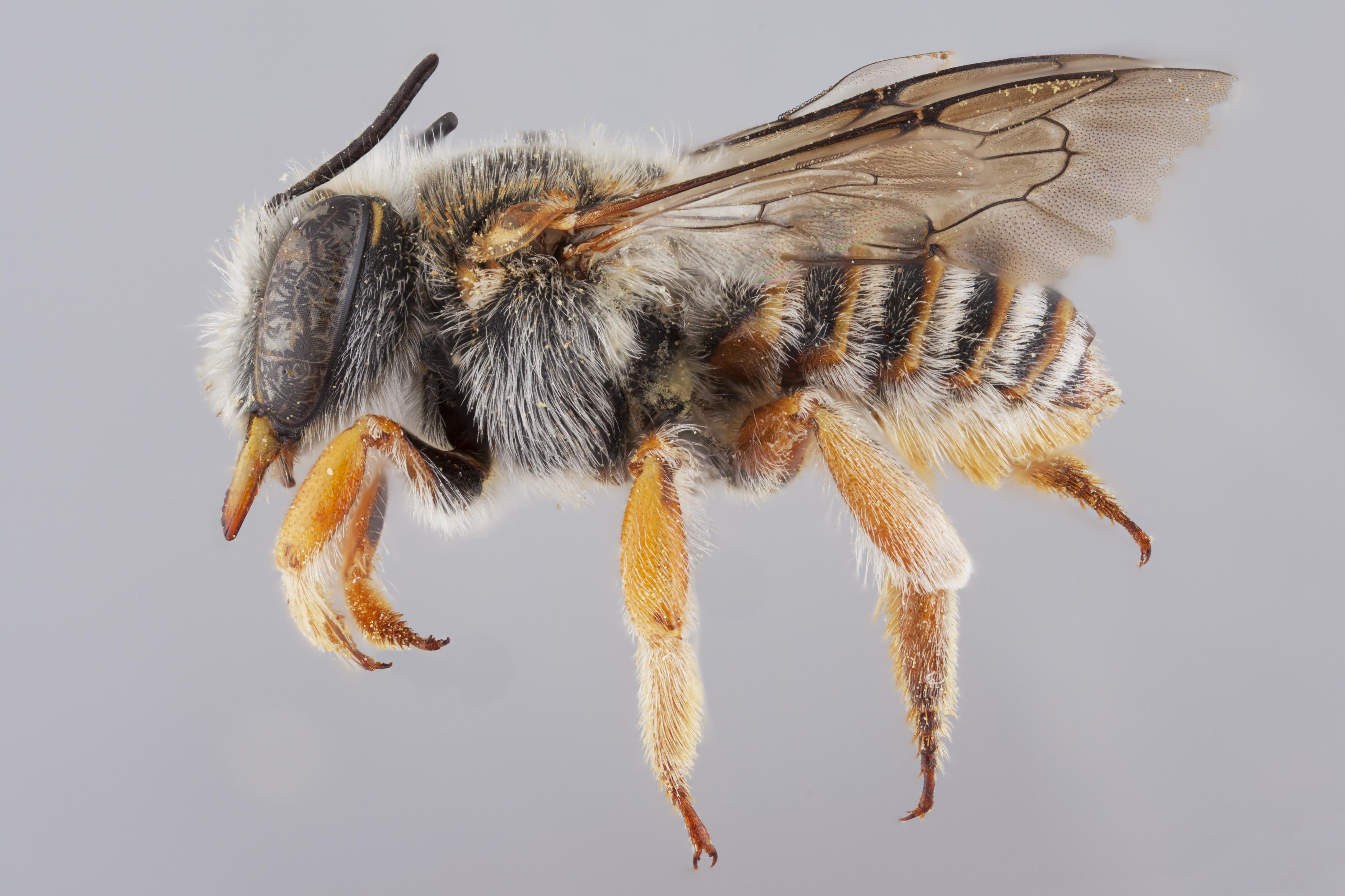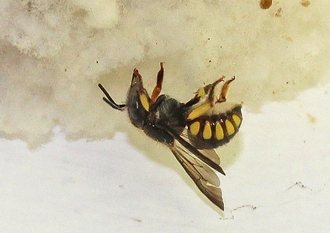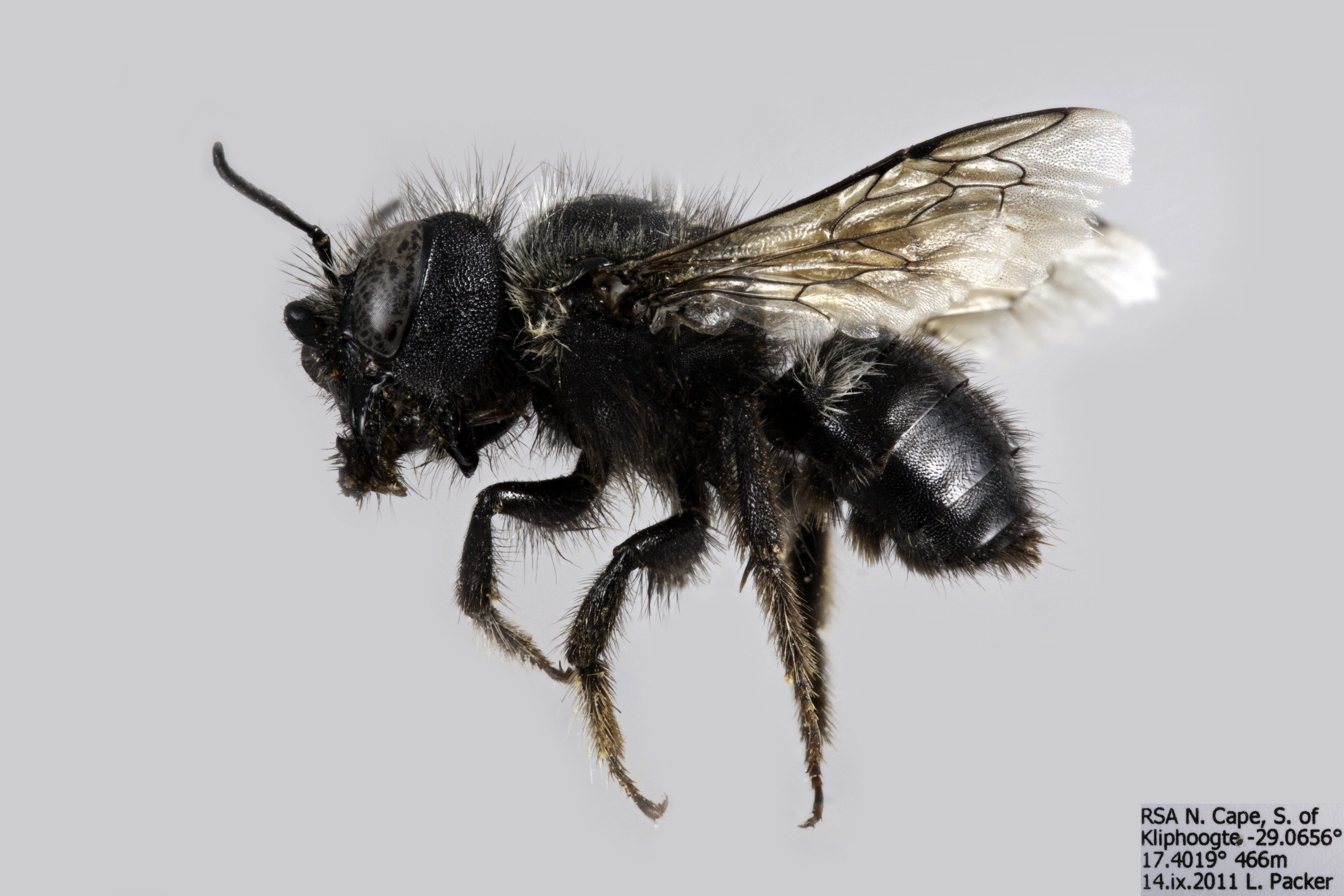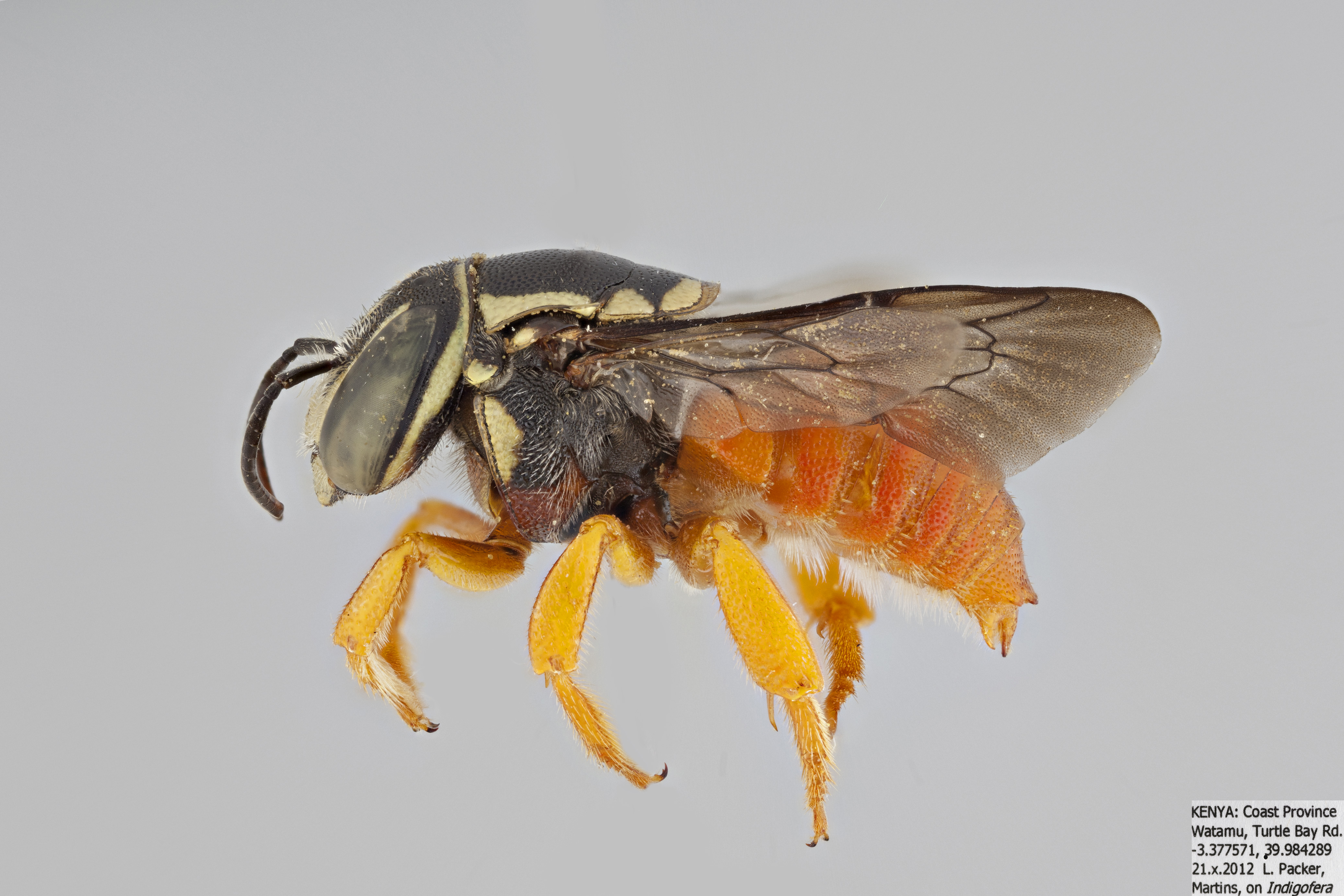 |
Afranthidium
Michener, 1948
|
|
|
Afrostelis
Cockerell, 1931
Anthidiellum
Cockerell, 1904
Anthidioma
Pasteels, 1984 |
 |
Anthidium
Fabricius, 1804 |
 |
Aspidosmia
Brauns, 1926
|
| |
Benanthis
Pasteels, 1969
Cyphanthidium
Pasteels, 1969
Dianthidium
Cockerell, 1900
|
| |
Eoanthidium Popov, 1950
Euaspis
Gerstaecker, 1858
Gnathanthidium
Pasteels, 1969
Icteranthidium Michener, 1948
Lariostelis
Michener and Griswold, 1994
|
 |
Pachyanthidium
Friese, 1905
|
| |
Pleisianthidium Cameron, 1905
Pseudoanthidium Friese, 1898
Serapista Cockerell, 1904
Stelis
Panzer, 1806
Trachusa Panzer, 1804 |
Distribution
|
Angola,
Botswana, Burkina Faso, Cameroon, Central African Republic, Chad, Congo,
Democratic Republic of the Congo, Equatorial Guinea, Eritrea, Ethiopia,
Gabon,
Gambia,
Ghana,
Guinea, Ivory Coast, Kenya, Lesotho, Liberia, Madagascar, Malawi, Mali,
Mozambique, Namibia, Nigeria, Senegal, Sierra Leone, Somalia,
South
Africa, Sudan, Tanzania, Togo, Uganda, Zambia, Zimbabwe. |
Biology
|
The carder bees mostly use plant fibers in nest
construction and collect pollen. However, some species are parasitic (Eardley
& Urban 2010). |
References
|
Brothers D.J. 1999.
Phylogeny and evolution of wasps, ants and bees (Hymenoptera, Chrysidoidea,
Vespoidea and Apoidea) Zoologica Scripta 28: 233–250.
Eardley, C & Urban, R. 2010. Catalogue
of Afrotropical bees (Hymenoptera: Apoidea: Apiformes).
Zootaxa 2455: 1-548.
Eardley, C, Finnamore, A.T. & Michener, C.D. 1993. Superfamily Apoidea (pp.
279-357). In GOULET, H. & HUBER, J. (eds). Hymenoptera of the World:
an identification guide to families. Research Branch, Agriculture
Canada, Ottawa, Canada, 668 pp.
Eardley C.,Kuhlmann M., Pauly A. 2010.
The Bee Genera and Subgenera of sub-Saharan Africa. Abc Taxa vol 7: i-vi,
138 pp.
Michener, C.D. 2000. The Bees of the World. Johns Hopkins
University Press. 953 pp. |
Credits
|
Photographs © Laurence Packer's website: Bee
Tribes of the World or ©
Graham Grieve (South Africa).
Map illustration
© Simon van Noort (Iziko Museums of South Africa). |
|